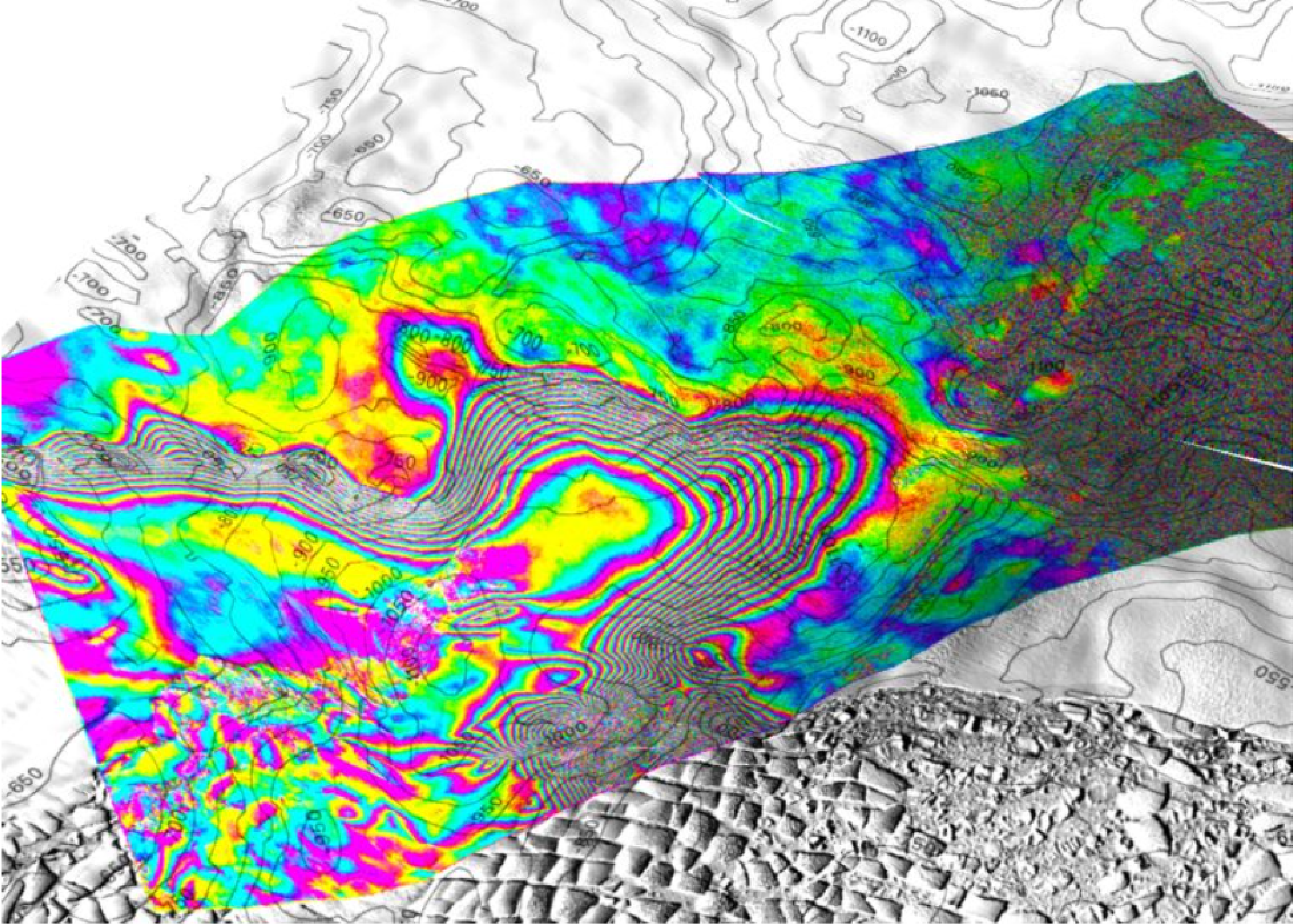The world’s largest glacier situated on the north coast of West Antarctica is melting faster than expected, according to scientists. A recent study by an international team of researchers shows that the giant glacier risks putting millions of people around the world at risk.
Apart from being the largest, the Thwaites Glacier, also known as the Doomsday Glacier, is one of the most unstable masses of ice. With an enormous width of 120 km and a depth ranging from 800 to 1200 meters at its grounding line, the glacier’s basin covers 192,000 square kilometres, almost the size of the island of Britain.
Currently, the glacier is losing its mass, contributing to 4% of global sea level rise. If this rate of loss continues, it may cause the sea level to rise by several centimetres by the end of the century. However, if the glacier collapses entirely, this will cause a sea level rise of a catastrophic 65 centimetres although a total collapse will take several decades.
A recent study, using satellite data, revealed for the first time evidence of warm seawater pumping below the Thwaites Glacier causing the mass to constantly move towards and away from the land. The researchers state that this process causes the giant mass to continually thaw as every time it touches warm seawater, the rate of melting accelerates. This could have an unprecedented global impact as it threatens to cause a significant rise in sea level.
Co-author of the study, Dr. Christine Dow, who is also a Professor at the University of Waterloo, said: “Thwaites is the most unstable place in the Antarctic…The worry is that we are underestimating the speed at which the glacier is changing, which would be devastating for coastal communities around the world.”

While scientists currently lack sufficient information to predict how long it will take before the ocean water intrusion becomes irreversible, even a small rise in sea level threatens to significantly impact coastal areas around the world. Climate change-induced natural changes are pushing temperatures around the globe to unprecedented high levels, with the ocean absorbing 90% of the excess heat. This absorbed heat causes sea levels to rise not only due to melting glaciers and ice sheets but also due to thawing ice on land and thermal expansion.
See also: Greenland’s ice sheet is melting much faster than previously thought. What are the implications?
According to UN data, since the beginning of the century, sea level rise has reached an unprecedented high level, a record not registered in the 3,000 years before 1900. Compared to the 2.27 mm rise per year from 1993 to 2002, the global sea level rise reached 4.62 mm per year from 2013 to 2022. Even if humanity manages to keep global warming under 1.5°C, sea levels are expected to continue to rise in the coming decades. This means that approximately 900 million people, or 1 in 10 people worldwide, living in low-elevation coastal areas are at risk and the Doomsday Glacier only threatens to increase this risk.
Source: UNSTATS

